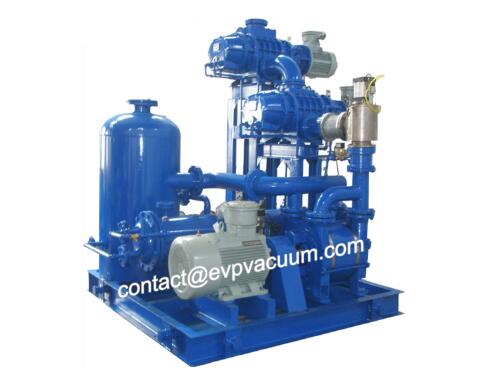Vacuum system in magnesium alloy radiator
The magnesium alloy radiator includes a plurality of radiating fins and a central ring column, wherein one end of each of the plurality of radiating fins is fixedly connected to the central ring column and the plurality of radiating fins are radially distributed in the form of spokes or spirals around the central ring column, and the central ring column is provided with a heat conducting bottom plate for connecting the LED components to the magnesium alloy radiator. The practical application of vacuum system in magnesium alloy radiator is analyzed.
Die casting is a kind of casting technology which uses high-speed injection of high-pressure driven molten metal to fill the mold cavity and is formed by pressure maintaining solidification. It has the characteristics of high production efficiency, good casting surface quality and easy to realize automation. It is especially suitable for mass production of large-scale, complex and thin-walled precision components, especially aluminum, magnesium, zinc and other alloys with relatively low melting point. Its castings have been widely used In automotive, aerospace, weapons, motorcycles, electric tools, 3C, home appliances and other fields. However, due to the jet effect of the metal melt at the inner sprue, a large number of metal melt will fully contact and mix with the cavity gas, resulting in defects such as porosity, shrinkage porosity and inclusion in the casting, which greatly reduces the mechanical properties and subsequent heat treatment of the casting, and hinders the application of the die casting in the field of high-end automobile parts.
Vacuum die casting is a kind of forming technology which is based on common die casting and assisted by cavity vacuumizing system to make the metal melt fill the cavity under negative pressure and solidify under pressure to obtain dense die casting. On the one hand, the existence of negative pressure reduces the generation of pores and oxide inclusions; on the other hand, it reduces the air resistance, improves the filling ability of liquid metal, greatly improves the internal process quality and constant high temperature mechanical properties of castings. It can be used to produce high quality parts and large thin-walled parts with high pressure resistance, mechanical strength or heat treatment.

Practical application of vacuum system in magnesium alloy radiator
The vacuum die casting system mainly includes PLC control device, mould, injection device, exhaust device and vacuum pumping device, among which the exhaust system is the most important one, which is the core technology of vacuum pumping auxiliary system.
The specific exhaust realization process is as follows: first, close the main valve of vacuum source and use vacuum pump to empty the vacuum tank; when the injection head is in the state of slow injection and passes over the pouring port, the injection head impacts the induction switch of the main valve to open the main valve, and the half process exhaust channel and toothed exhaust channel simultaneously exhaust the cavity of the pressure chamber and mold; when the injection head changes from slow injection to fast injection, PLC The control device controls the normally open semi process exhaust solenoid valve to quickly close the semi process exhaust channel. At this time, the toothed exhaust channel continues to exhaust until the metal liquid fills the mold cavity of the whole mold and a small part of the metal liquid entering the narrow slot of the toothed exhaust channel is cooled and solidified. The exhaust process of the vacuum die casting system is completed.
Therefore, the vacuum die casting process effectively reduces the gas inside the casting, which is conducive to improving the mechanical properties and subsequent heat treatment properties of the casting.
The practical application of vacuum system in magnesium alloy radiator has the following advantages:
1. Combined with the vacuum exhaust structure for exhaust, the quick response solenoid valve is used to control the closing of the half process exhaust channel, and the opening and closing time of the half process exhaust channel is controlled by adjusting the PLC visual program.
2. Using the vacuum assisted system to prepare the magnesium alloy radiator, the casting has a good appearance, the filling capacity is more than 10% higher than that of the common die casting, the porosity and the number of bubbles after T6 treatment are reduced by about 70%, and the yield strength and elongation of the tensile strength of the casting are increased respectively.
(The article comes from the Internet. If reprinting is not allowed, please contact our company to delete it.)
